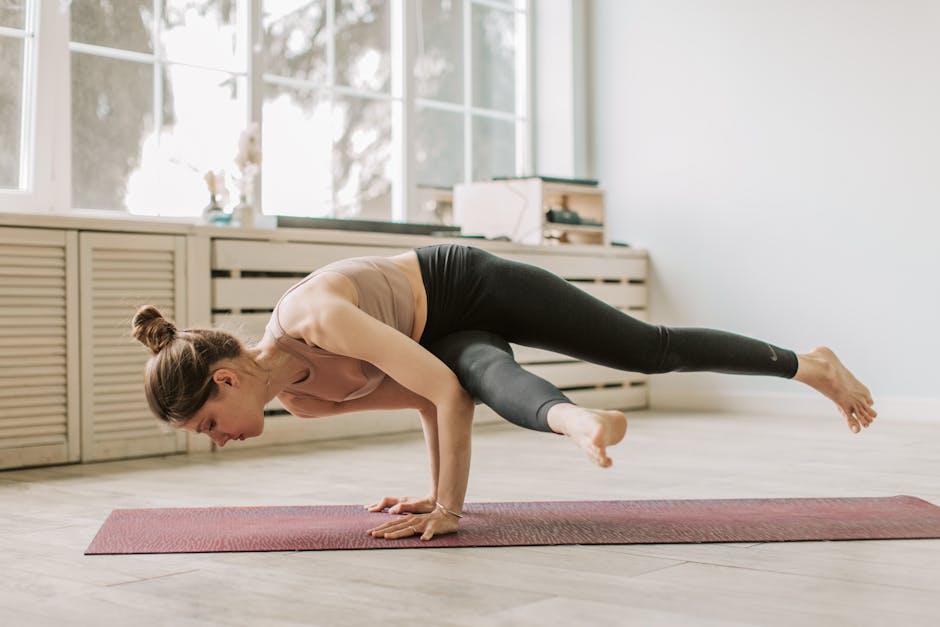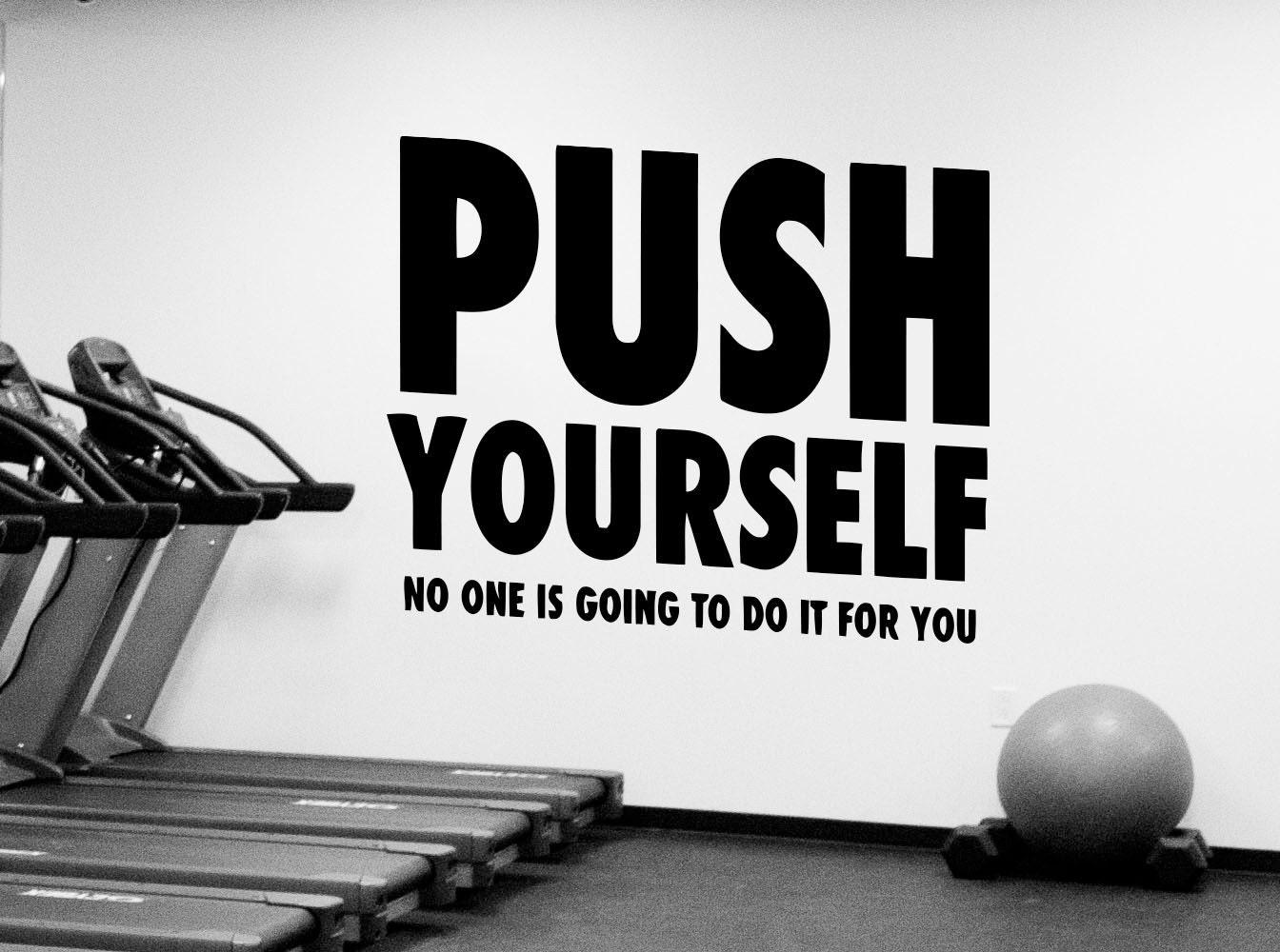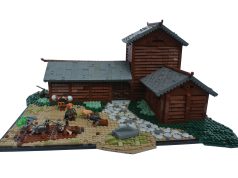In today’s fast-paced world, maintaining physical fitness can often feel like an uphill battle, especially when access to a gym isn’t an option. Whether it’s due to financial constraints, a hectic schedule, or simply preferring the comfort of home, many of us find ourselves searching for alternative ways to stay active and healthy. But fear not—staying fit without a gym membership is entirely achievable, and can even be enjoyable! In this article, we’ll explore practical strategies and creative solutions to help you maintain your fitness journey, no matter where you are. We’ll address common challenges and offer empathetic guidance, ensuring that you feel supported every step of the way. After all, fitness is not just about the physical space you occupy, but the commitment and creativity you bring to your personal wellness journey.
Creating a Home Workout Routine That Works for You
Designing a home workout routine that suits your lifestyle and fitness goals can be both liberating and rewarding. To start, consider what you enjoy and what equipment you have available. If you’re not a fan of running, for instance, you might focus on bodyweight exercises or invest in a jump rope. Here are some ideas to get you started:
- Bodyweight Exercises: Push-ups, squats, lunges, and planks are excellent for building strength without any equipment.
- Cardio Options: Jumping jacks, high knees, and burpees can elevate your heart rate and improve cardiovascular health.
- Flexibility and Balance: Incorporate yoga or Pilates to enhance flexibility and improve balance.
Creating a balanced routine involves mixing different types of exercises. Here’s a simple schedule to help you stay on track:
| Day | Focus | Duration |
|---|---|---|
| Monday | Strength Training | 30 minutes |
| Wednesday | Cardio | 20 minutes |
| Friday | Flexibility & Balance | 30 minutes |
Remember, consistency is key. Set realistic goals and celebrate small victories along the way. Adapt your routine as needed to keep it engaging and aligned with your fitness journey. Your home workout should be a reflection of your personal preferences and aspirations.

Finding Motivation and Consistency in Your Fitness Journey
Embarking on a fitness journey without a gym can feel daunting, but with a bit of creativity and determination, it’s entirely possible to stay motivated and consistent. Start by setting clear, realistic goals. Ask yourself what you want to achieve in the short term and long term. Whether it’s increasing your stamina, building muscle, or simply feeling healthier, having specific goals will guide your efforts and give you something to strive for. Remember, your fitness journey is unique to you, and it’s perfectly okay to adjust your goals as you progress.
Consider incorporating a variety of workouts to keep things interesting and engaging. Here are a few ideas to get started:
- Bodyweight exercises: Push-ups, squats, lunges, and planks can be performed anywhere and are effective for building strength.
- Outdoor activities: Walking, jogging, or cycling can boost your cardiovascular health and allow you to enjoy nature.
- Online classes: Utilize free or subscription-based platforms that offer classes ranging from yoga to high-intensity interval training (HIIT).
Tracking your progress is essential for maintaining motivation. Consider keeping a fitness journal or using a mobile app to log your workouts and monitor improvements. This can help you identify patterns, celebrate milestones, and adjust your routine as needed. Here’s a simple way to track your workouts:
| Day | Activity | Duration | Notes |
|---|---|---|---|
| Monday | Bodyweight Circuit | 30 mins | Felt strong, increased reps |
| Wednesday | Jogging | 20 mins | Paced well, no breaks |
| Friday | Yoga | 45 mins | Relaxing, improved flexibility |
Ultimately, consistency is key. Create a schedule that fits your lifestyle and stick to it as best as you can. It’s okay to have off days; what’s important is getting back on track. Celebrate your successes, no matter how small, and remind yourself why you started this journey. With persistence and a positive mindset, you can achieve your fitness goals even without a gym.

Using Everyday Objects to Enhance Your Exercise Regimen
Sometimes, the most effective workout tools are right under our noses, hidden in plain sight. Transforming everyday objects into fitness equipment not only saves money but also adds a unique twist to your exercise routine. Here’s how you can creatively incorporate common household items into your workouts.
- Chairs: A sturdy chair is perfect for tricep dips, step-ups, and elevated push-ups. Ensure it’s stable on a non-slippery surface to avoid accidents.
- Backpack: Fill a backpack with books or water bottles to create a makeshift weight vest. Use it for added resistance during squats, lunges, or even jogging.
- Towels: Use a towel for core exercises. Try placing it under your feet for mountain climbers on a smooth floor or use it for stretching routines.
To help you get started, here’s a simple table outlining a quick home workout plan using these items:
| Exercise | Repetitions | Item Used |
|---|---|---|
| Tricep Dips | 3 sets of 10 | Chair |
| Weighted Squats | 3 sets of 15 | Backpack |
| Mountain Climbers | 3 sets of 30 seconds | Towel |
By thinking outside the box and utilizing what you have at home, you can maintain an effective and varied workout routine without ever setting foot in a gym. This approach not only fosters creativity but also builds a personalized exercise regimen tailored to your environment.

Prioritizing Nutrition and Rest for Overall Wellbeing
Achieving fitness goals without the luxury of a gym doesn’t mean compromising on your health. Nutrition and rest play pivotal roles in maintaining your well-being. Here are some practical ways to incorporate them into your routine:
- Balanced Diet: Ensure your meals are rich in whole foods, such as fruits, vegetables, lean proteins, and whole grains. This helps fuel your body for physical activity, even if it’s just a home workout or a brisk walk in the park.
- Hydration: Drink plenty of water throughout the day to keep your energy levels up and aid in recovery.
- Mindful Eating: Pay attention to portion sizes and avoid distractions during meals. This can help prevent overeating and promote better digestion.
Equally important is prioritizing rest and recovery to allow your body to rejuvenate and build strength. Here are some tips:
- Quality Sleep: Aim for 7-9 hours of sleep per night to ensure your body has ample time to repair and restore.
- Active Recovery: Incorporate light activities like yoga or stretching to enhance blood flow and reduce muscle stiffness.
- Stress Management: Techniques like meditation or deep breathing can help reduce stress, promoting better sleep and recovery.
| Nutrition Tip | Rest Tip |
|---|---|
| Eat a colorful variety of foods. | Create a relaxing bedtime routine. |
| Limit processed foods and sugars. | Avoid screens before bed. |








































